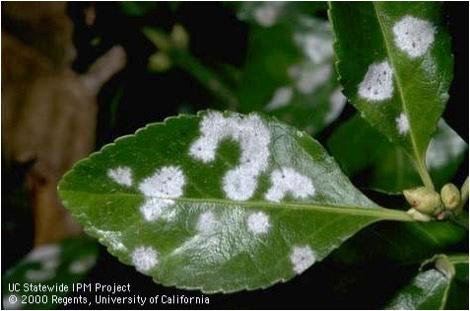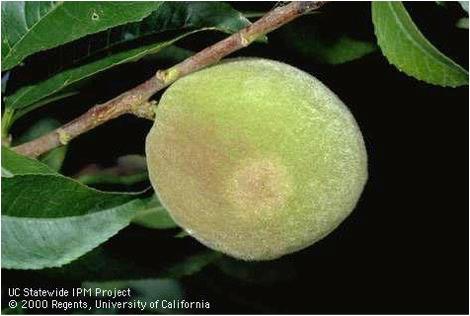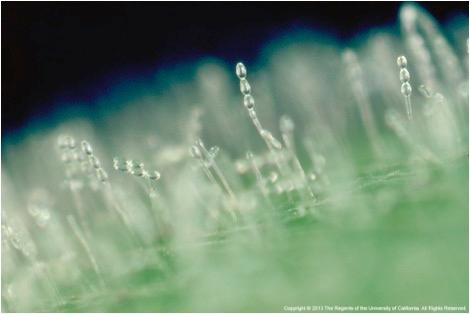The Plant Doctor
Powdery Mildew Disease
Steve Tjosvold
Environmental Horticulture Farm Advisor
UC Cooperative Extension, Santa Cruz County

You can recognize this disease by the white powdery appearance caused by the fungal filaments and spore growth on leaf surfaces and shoots and sometimes on flowers and fruits. Powdery mildews may infect new or old foliage. This disease can be serious on woody species such as rose, crape myrtle, and sycamore where it attacks new growth including buds, shoots, flowers, and leaves.


Avoiding the most susceptible cultivars, placing plants in full sun, and following good cultural practices will adequately control powdery mildew in many situations. Some ornamentals do require protection with fungicide sprays if mildew conditions are very favorable. Horticultural oils, soaps, sulfur, and other conventional and biological fungicides can be effective.
Adapted from UC Pest Notes Publication 7493
http://www.ipm.ucdavis.edu/PDF/PESTNOTES/pnpowderymildewornamentals.pdf
